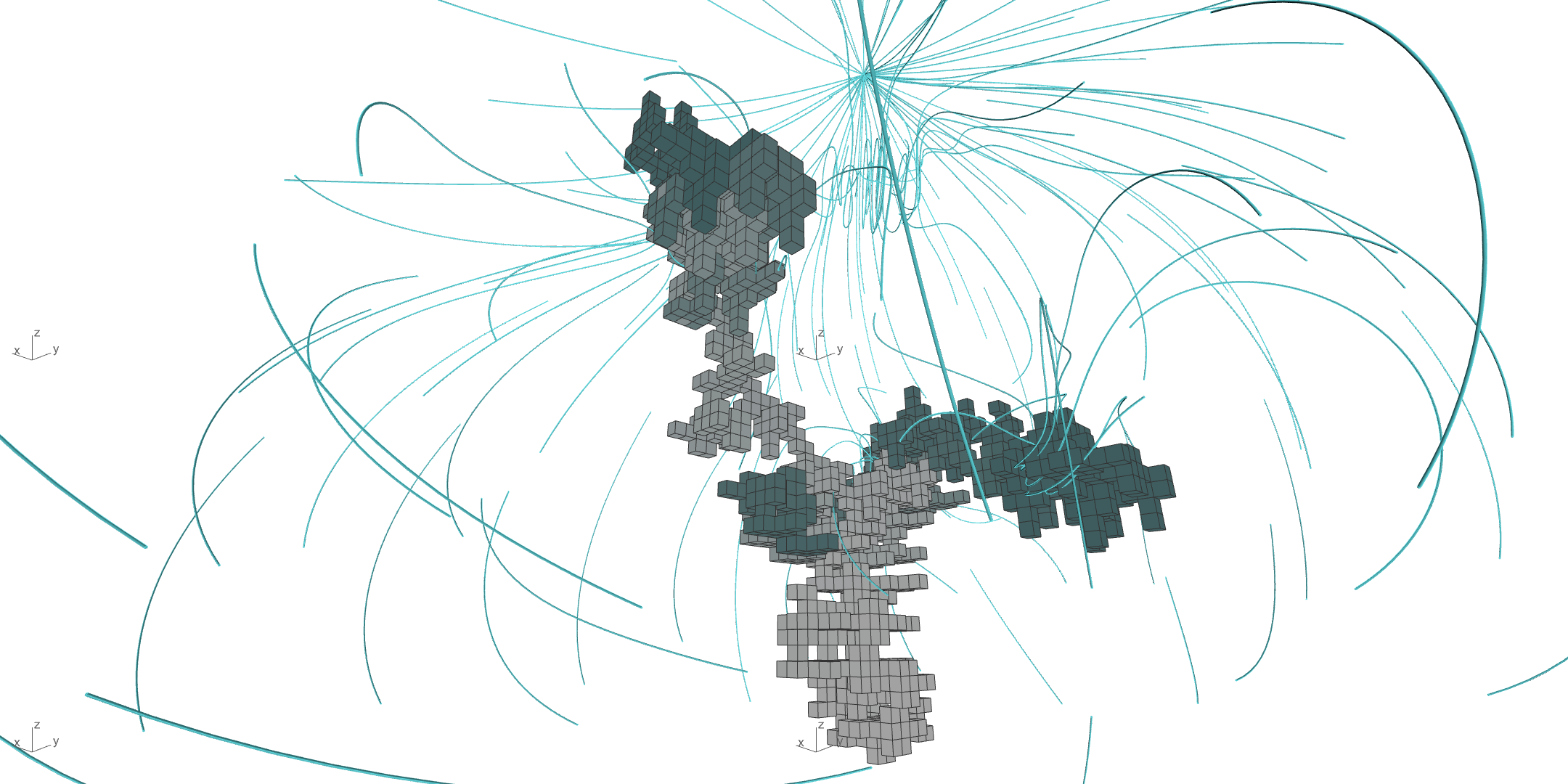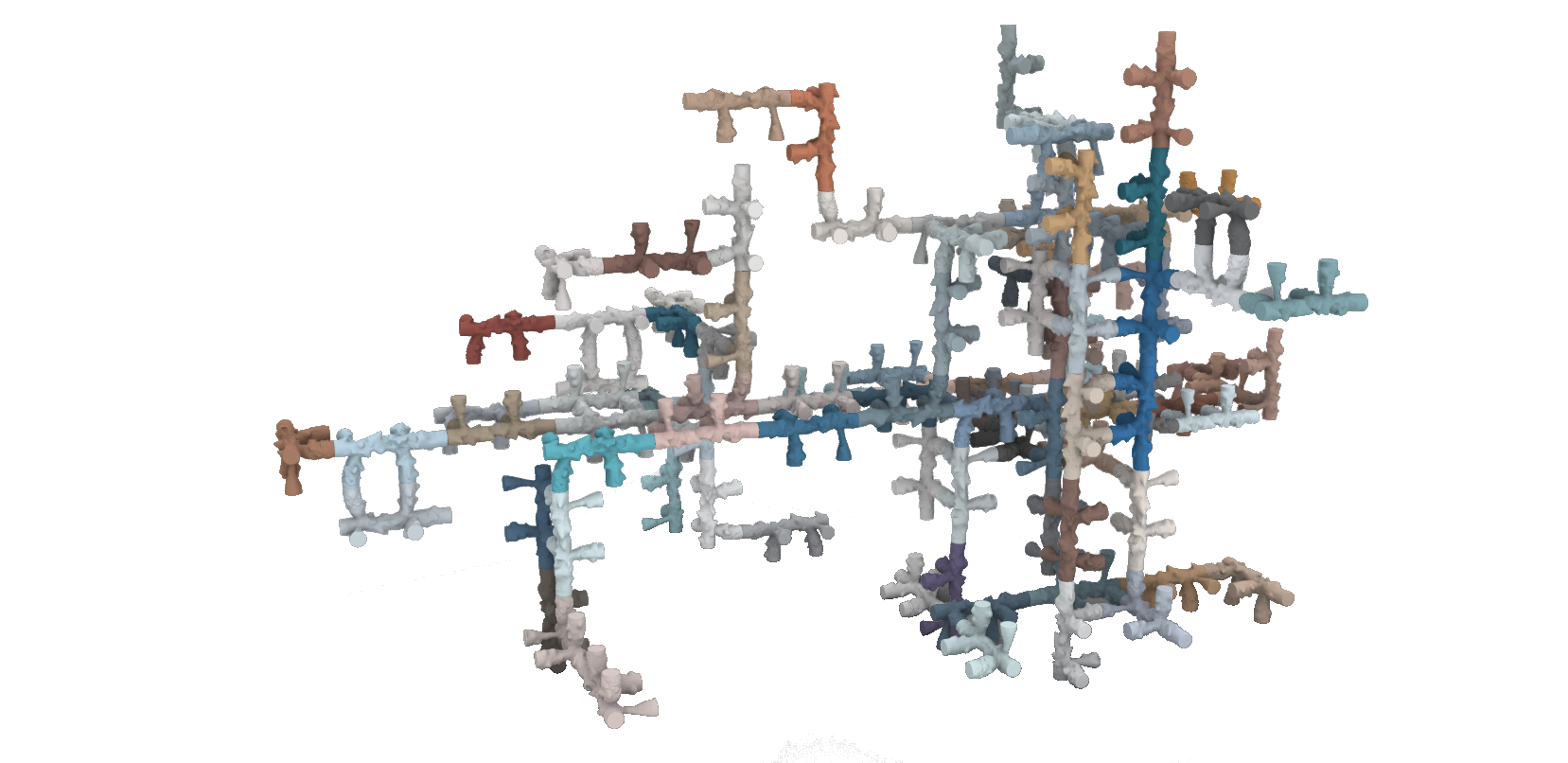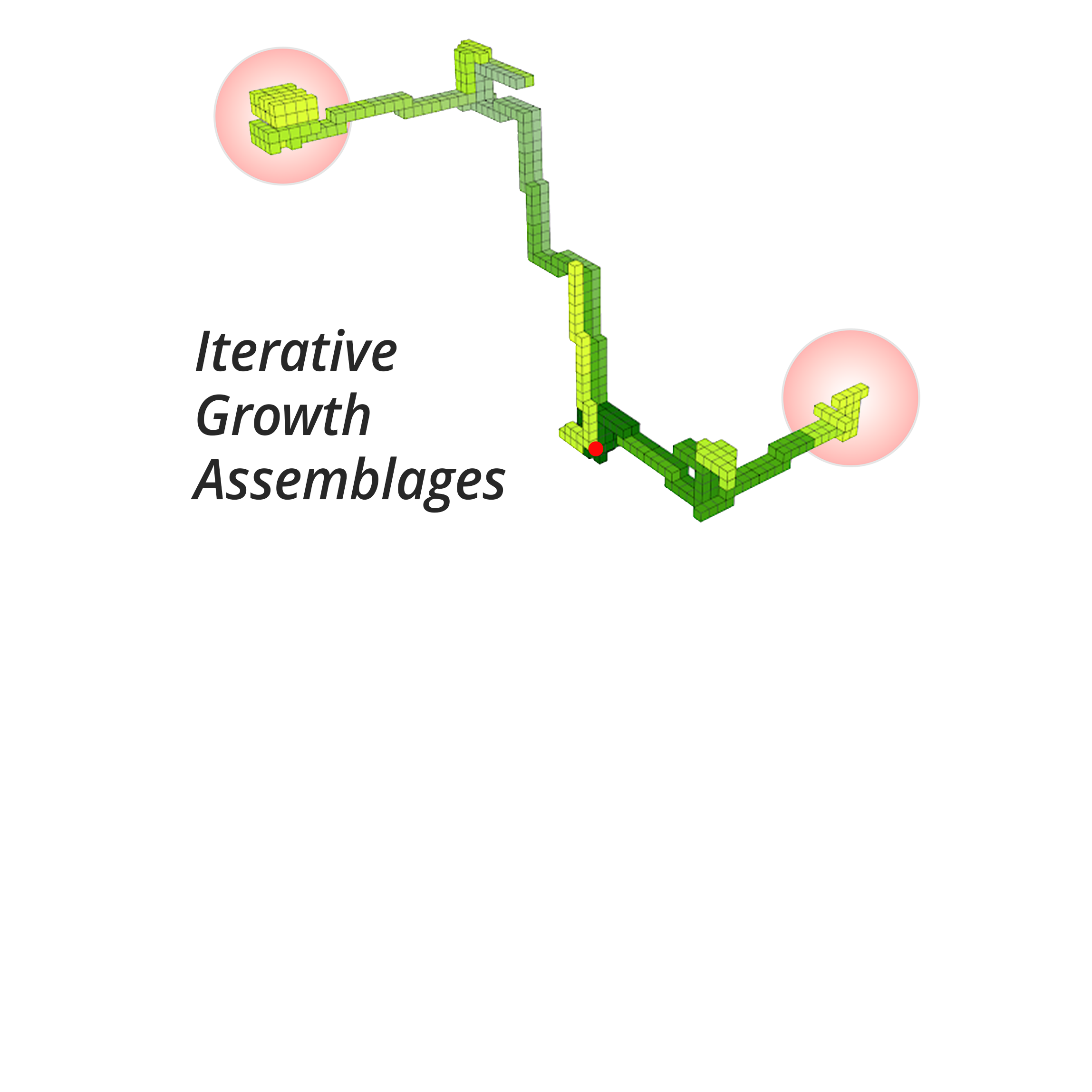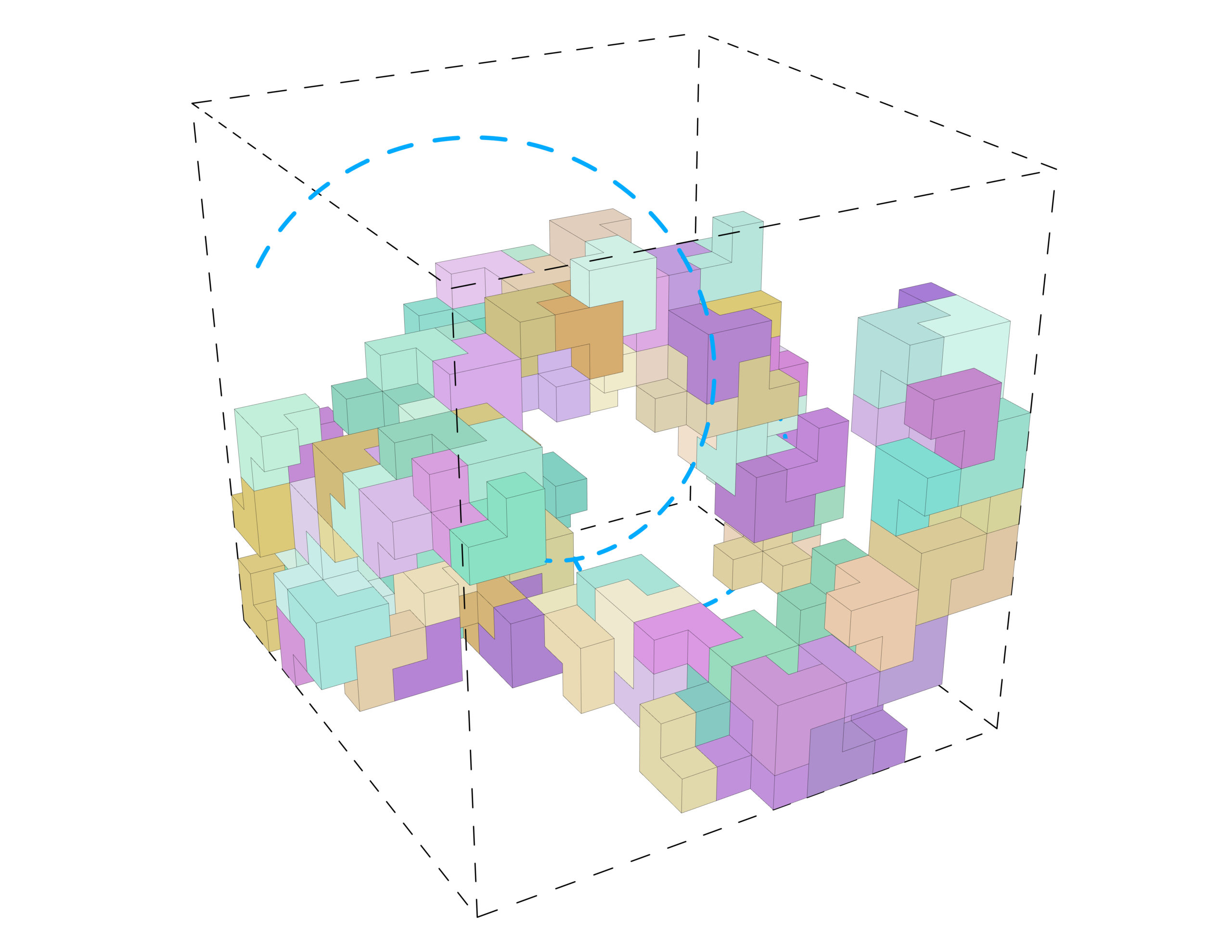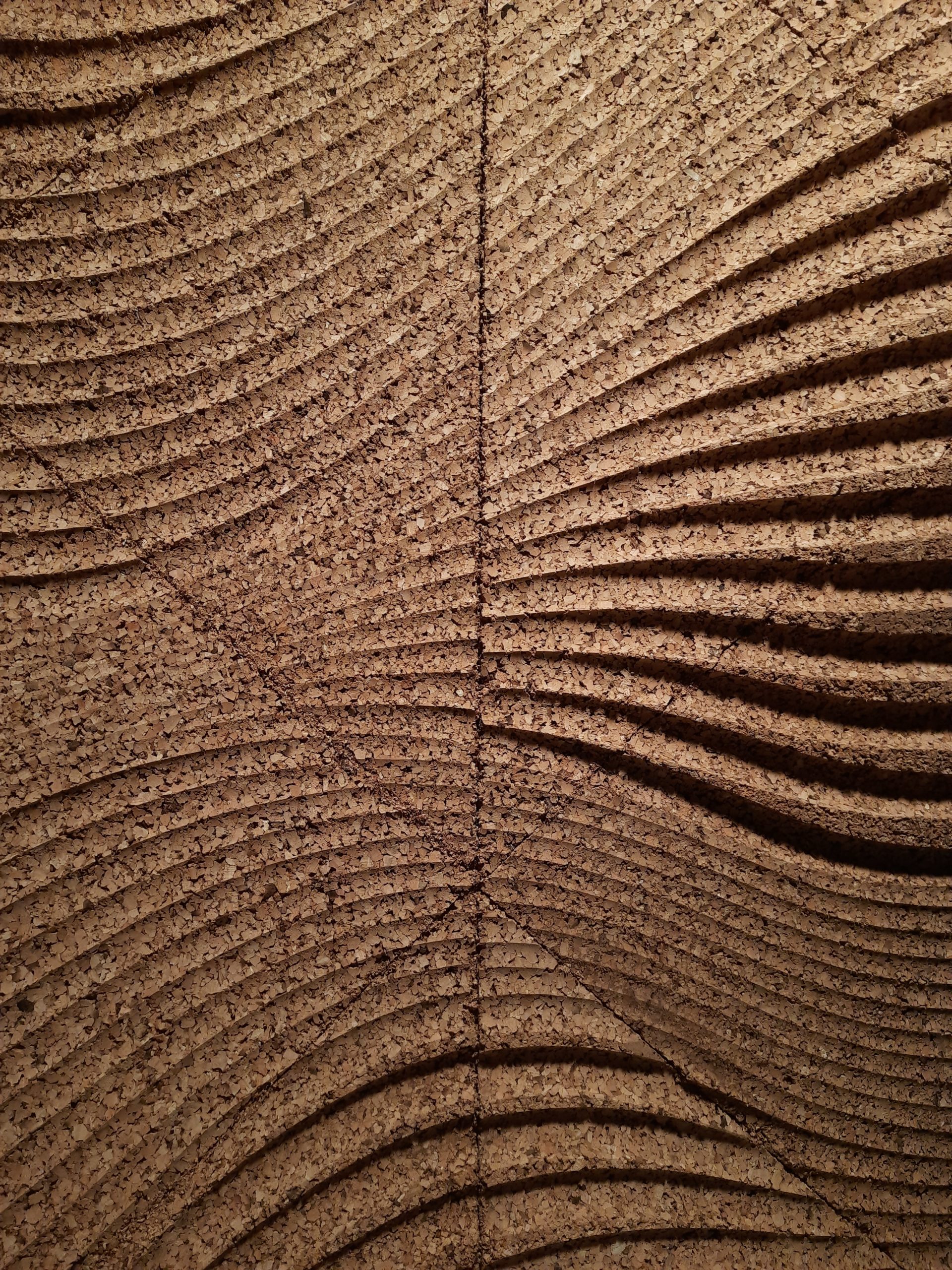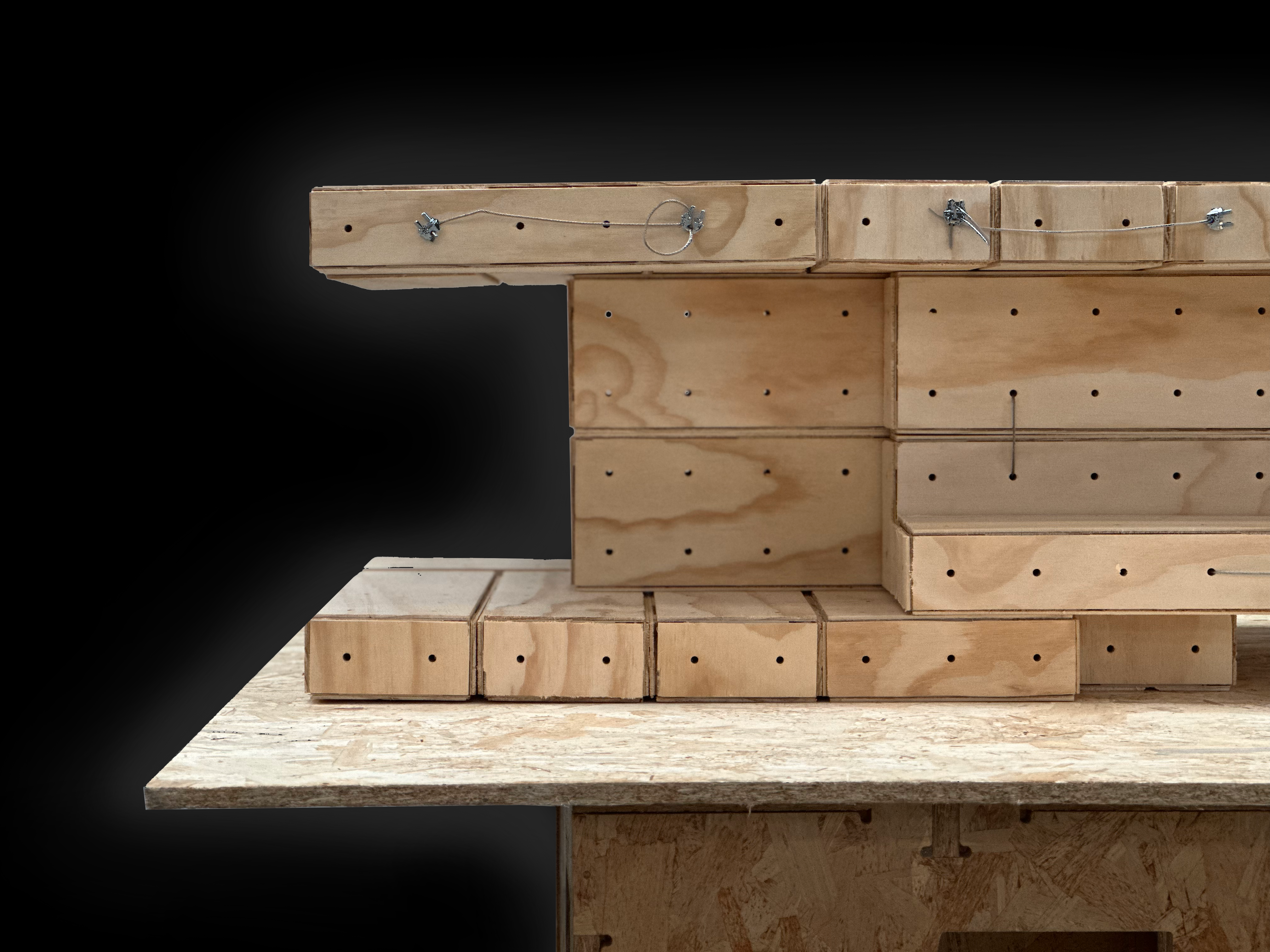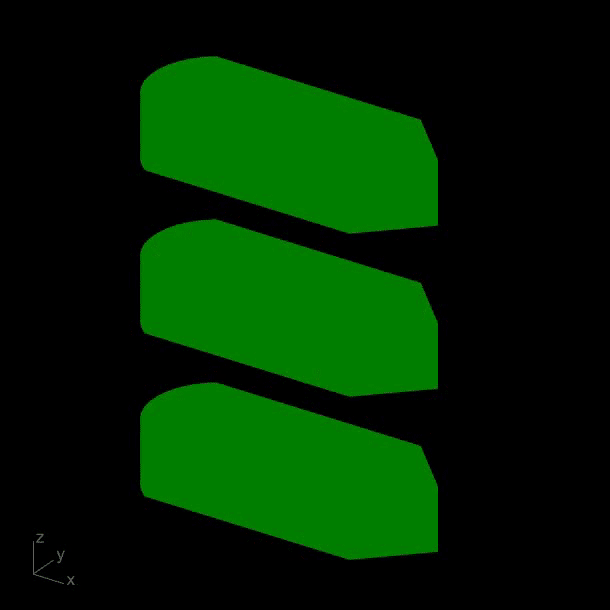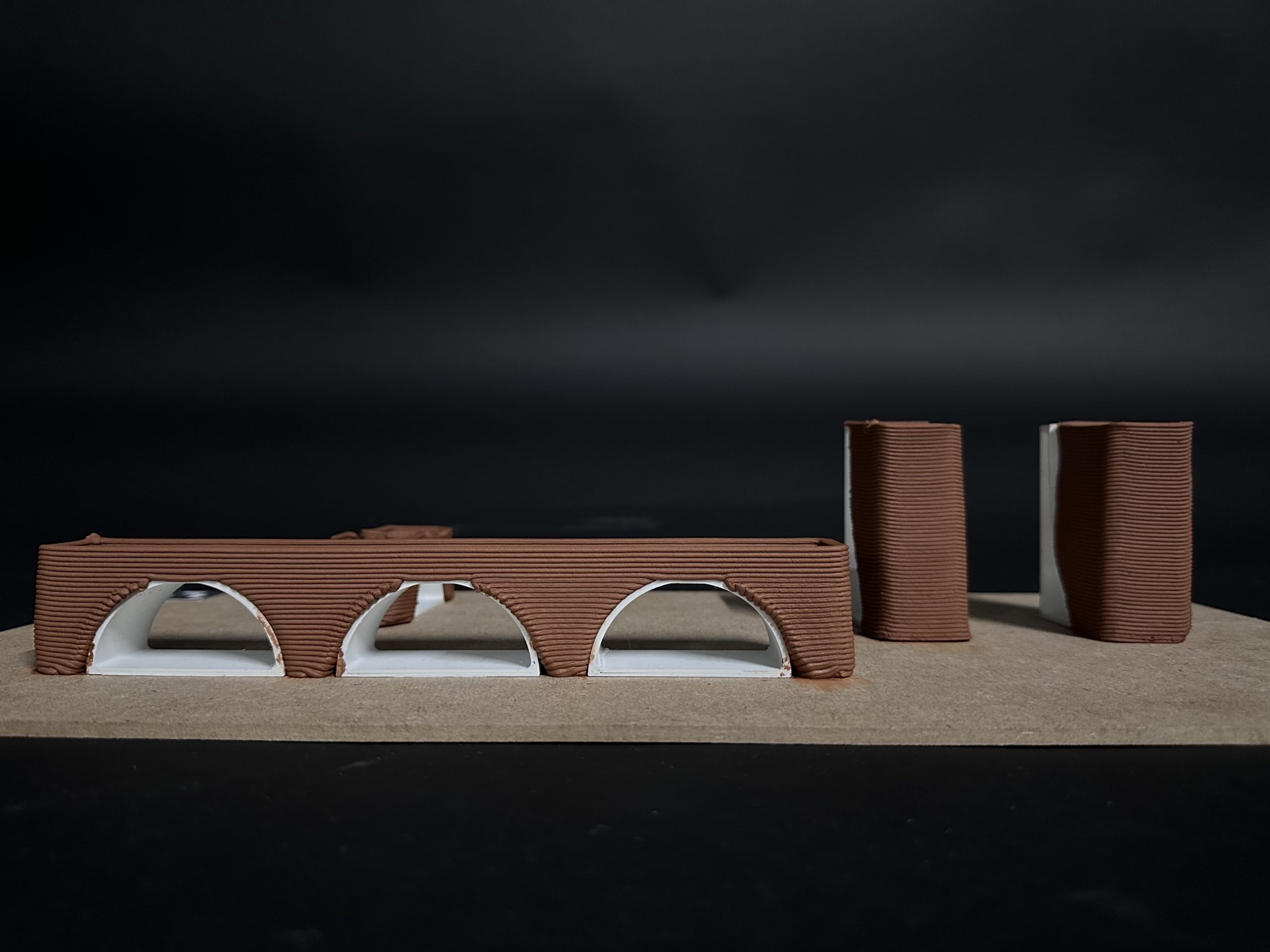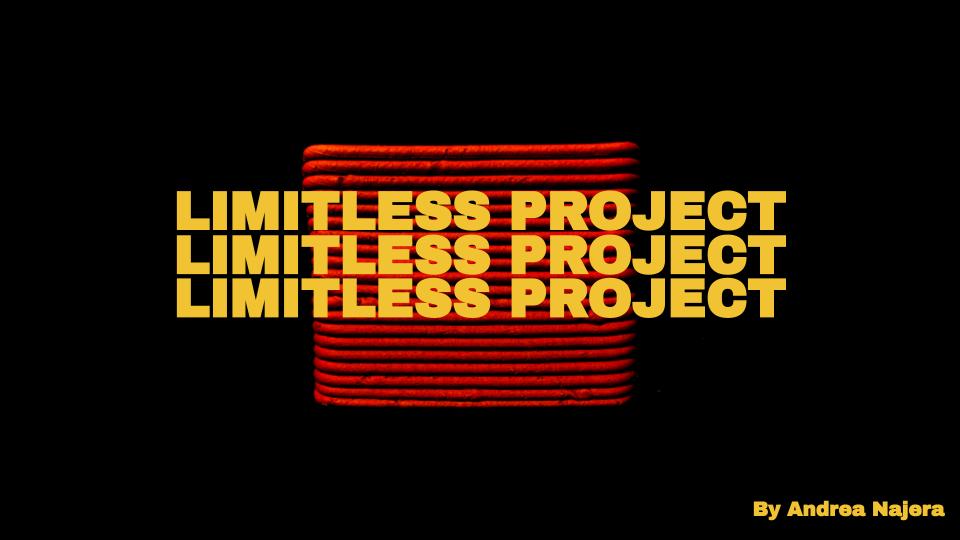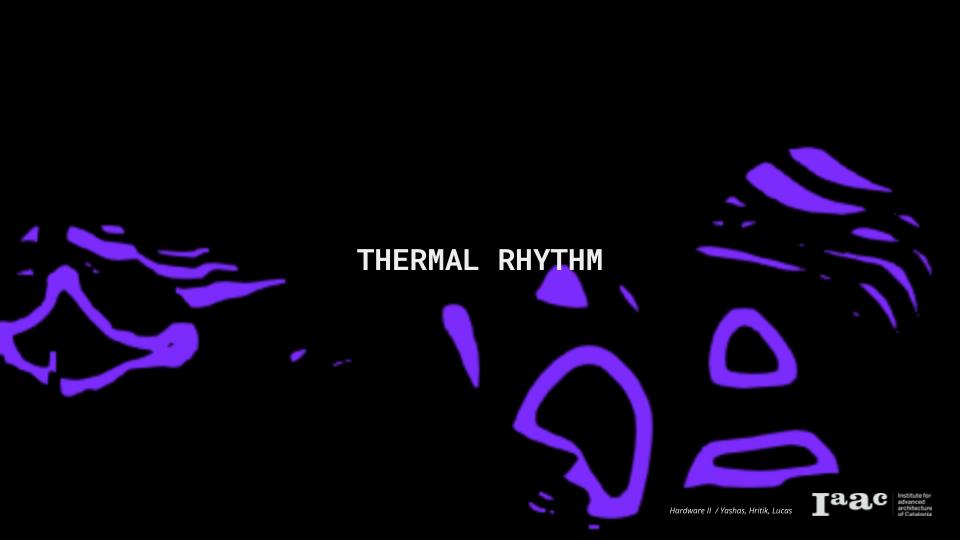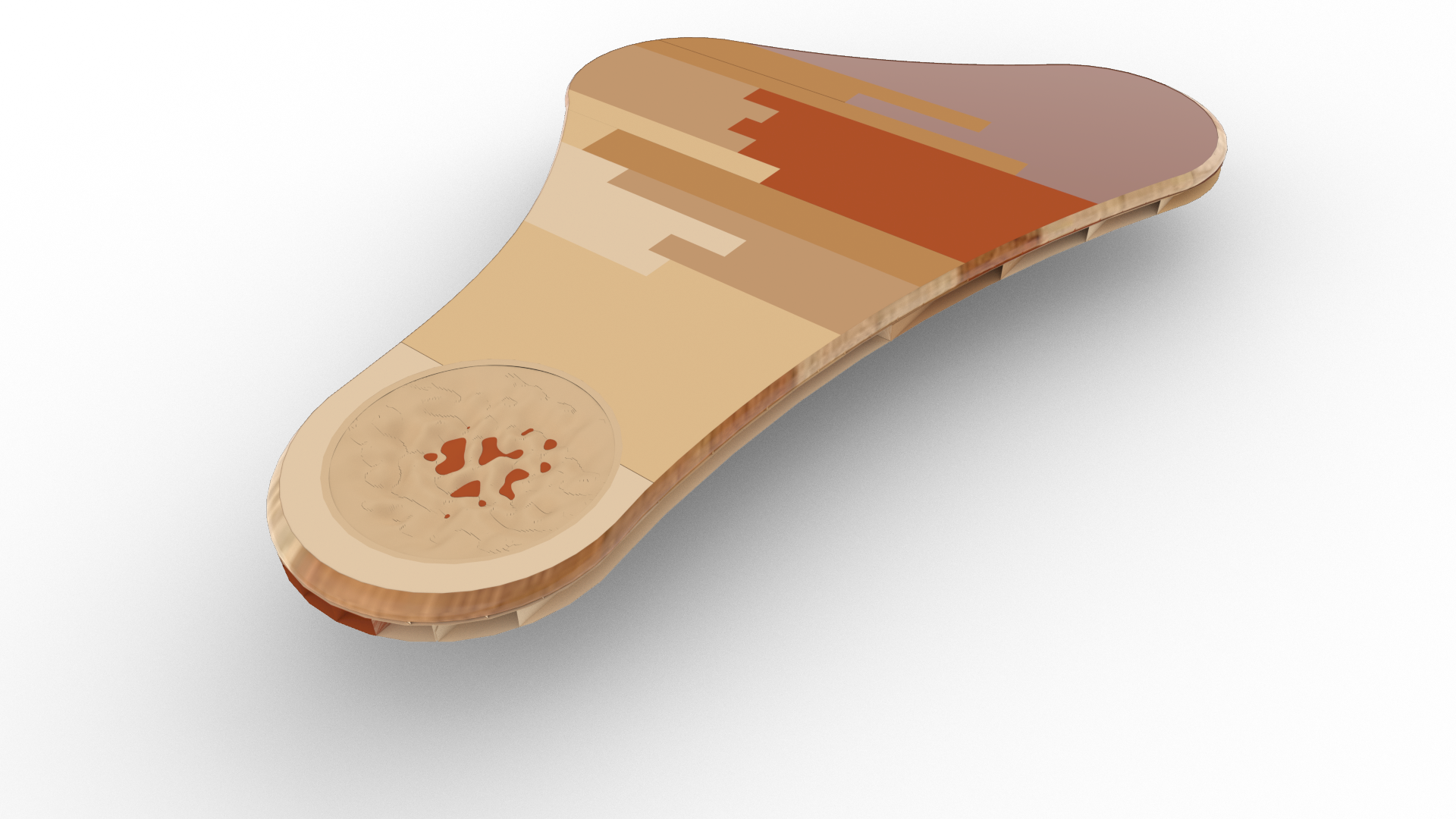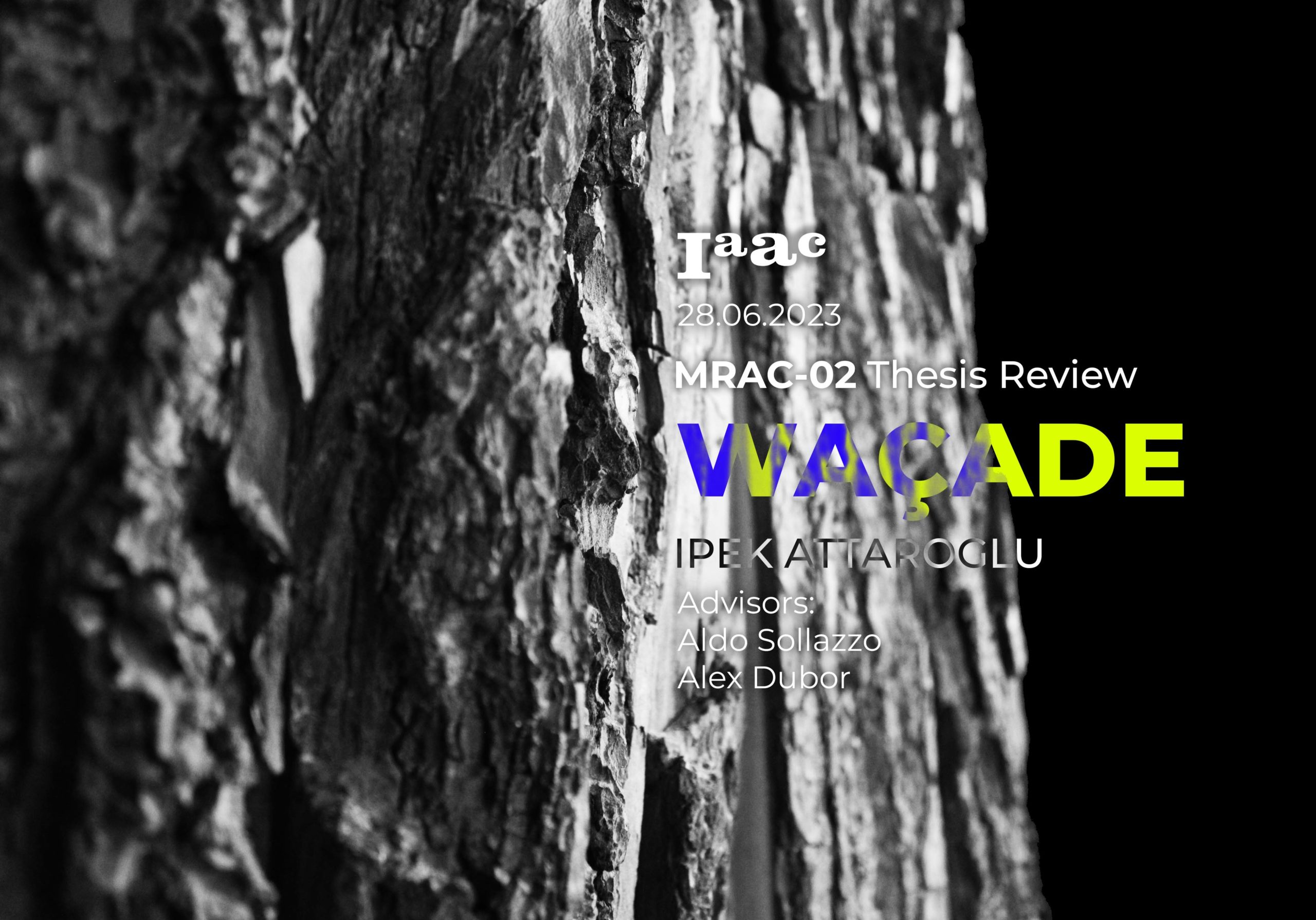Symbiosis
State Of The Art Utilization of robotics within the additive manufacturing world is becoming more and more standardized as the needs of people and the environment are changing. The construction industry itself has to produce more efficient structures with very little to no waste, and the capabilities of robots to do this are very apparent. … Read more


